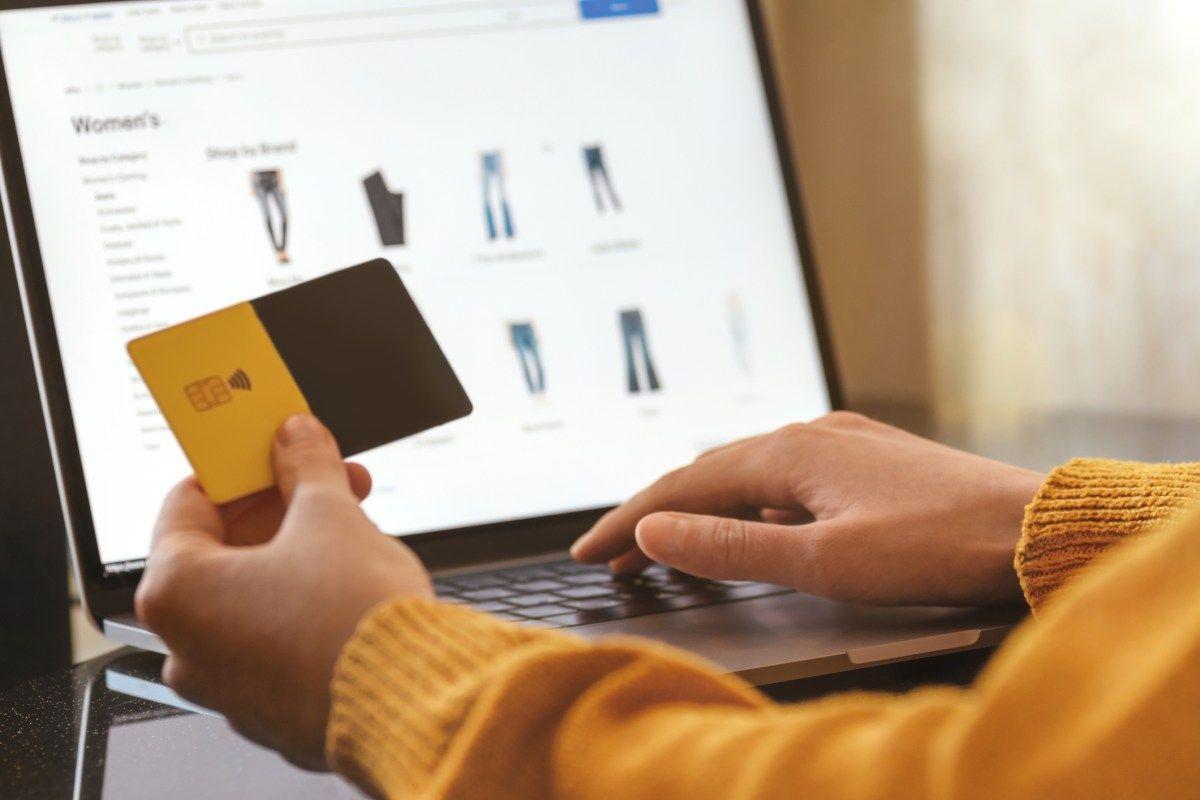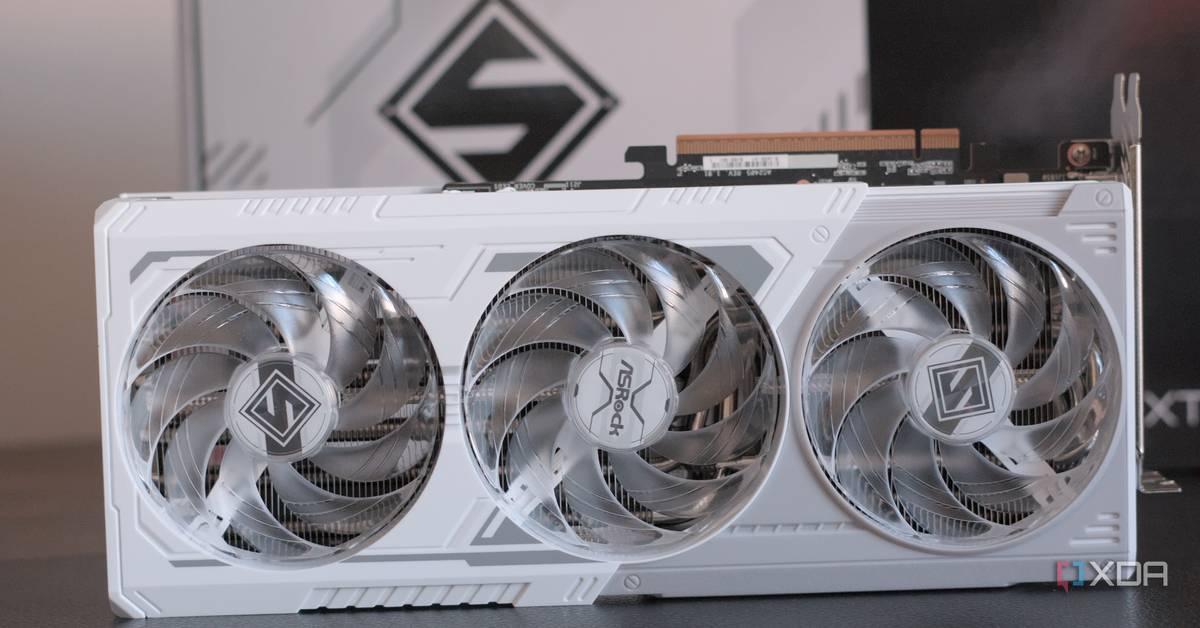Amazon's Extended Prime Day 2025: Record-Breaking Sales and AI-Driven Shopping Experience
2 Sources
2 Sources
[1]
Shoppers Spent a Record $24.1 Billion Online During Prime Day Window
To give consumers more time to secure discounts, Amazon extended its Prime Day sale from two days to four this year, and early results indicate that the move has been successful. According to a study by Adobe, US consumers spent $24.1 billion shopping online during the Prime Day window (July 8-11). This marks a new benchmark for summer online shopping and has bettered last year's numbers by 30.3%. The numbers are also more than twice as good as last year's two Black Fridays combined ($10.8 million), the report adds. Some of the best-selling categories included appliances, office supplies, electronics, and books, with the Apple AirPods Pro 2 among the top-selling products. The significantly increased spend was due to attractive discounts on Amazon as well as its other retail competitors, Adobe says. It was also driven by back-to-school shopping. Daily spending on school supplies, such as backpacks and calculators, jumped 175% over June 2025, while spending on dorm essentials, including microwaves, mini fridges, and bedroom linens, increased by 84%. Unsurprisingly, consumers preferred mobile over desktop to complete purchases. 53.2% of all transactions during the sale window, amounting to $12.8 billion, were processed via mobile apps. Use of AI chatbots and browsers to find deals also saw a significant jump. Traffic to US retail sites from generative AI tools jumped by a staggering 3,300%. Another way consumers found deals was through influencers. According to Adobe's data, the number of influencer-converted shoppers was 10 times higher than social media overall. Affiliates and partners, which include influencers and media publishing giants, contributed to 19.9% of overall sales. "We're thrilled to see record savings for our customers, who found great prices on the everyday essentials and products they love," said Doug Herrington, CEO of Amazon Worldwide Stores, adding that this was the company's "biggest Prime Day yet."
[2]
Amazon Says Customers Saved 'Billions' During Extended Prime Day | PYMNTS.com
"This year's Prime Day event was bigger than any previous four-day period that included a Prime Day event, with record sales and more items sold during the four days," the announcement said, also noting that customers saved "billions" during the event. Among the event's top sellers were "millions" of devices outfitted with Amazon's virtual assistant Alexa. The company said Alexa+, its personal assistant, and its artificial intelligence (AI)-powered shopping assistant, Rufus, and AI Shopping Guides were also helpful in guiding customers to deals and product information. While Amazon did not provide dollar figures for the sale, figures from Adobe Analytics -- cited by Reuters -- showed online spending among U.S. retailers jumping 30%, or $24.1 billion, during the four-day stretch that coincided with Prime Day. That's slightly higher than Adobe's earlier projection, which forecast that online spending would increase 28.4% year over year to reach $23.8 billion. That same projection also noted the importance of AI use for Amazon, predicting that retailers' AI-driven Prime Day traffic would increase by 3,200%. Amazon's announcement came one day after the market research company Numerator released findings showing that the average household spend during the Prime Day sales event reached $156.37. The average order size was $53.34, with close to two-thirds of the households that shopped during Prime Day placing two or more orders. The data also showed that two-thirds of the Prime Day items sold for under $20, 3% were over $100, and the leading categories were apparel and shoes, household essentials and home goods. "Over half of shoppers purchased something they'd been waiting to buy until it went on sale," the report said. Amazon declined to comment on these figures when reached by PYMNTS. Meanwhile, PYMNTS wrote last week about the way changes in Prime Day spending patterns -- more than half of the sales during the first day came through a mobile device -- reflect a "subtle but seismic" shift in the way consumers pay. "The old model -- credit card plus shipping address -- is fading. Instead, new habits are being formed around wallets, embedded finance and more payments innovations," that report said.
Share
Share
Copy Link
Amazon's extended Prime Day event in 2025 saw record-breaking sales of $24.1 billion, with AI playing a significant role in driving traffic and assisting shoppers.
Record-Breaking Sales and Extended Duration
Amazon's Prime Day 2025 has set a new benchmark for summer online shopping, with US consumers spending a staggering $24.1 billion during the extended four-day event from July 8-11
1
. This marks a 30.3% increase from the previous year and surpasses even the combined sales of two Black Fridays1
. Amazon's decision to extend the event from two to four days proved successful, allowing shoppers more time to secure discounts1
.
Source: PYMNTS
Top-Selling Categories and Products
The event saw strong sales across various categories, including appliances, office supplies, electronics, and books
1
. Among the best-selling items were Amazon's own Alexa-enabled devices, with "millions" of units sold2
. The Apple AirPods Pro 2 also emerged as one of the top-selling products1
. Back-to-school shopping contributed significantly to the sales, with daily spending on school supplies jumping 175% over June 2025, and dorm essentials seeing an 84% increase1
.AI-Driven Shopping Experience
A notable aspect of Prime Day 2025 was the significant role played by AI in enhancing the shopping experience. Amazon's AI-powered shopping assistants, including Alexa+, Rufus, and AI Shopping Guides, helped customers find deals and product information
2
. The impact of AI was evident in the massive 3,300% increase in traffic to US retail sites from generative AI tools1
2
.Mobile Shopping Dominance
Mobile shopping continued to dominate, with 53.2% of all transactions, amounting to $12.8 billion, processed via mobile apps
1
. This shift towards mobile reflects changing consumer habits and highlights the growing importance of digital wallets and embedded finance in e-commerce2
.Influencer Impact and Customer Savings
Influencers played a crucial role in driving sales, with the number of influencer-converted shoppers being 10 times higher than social media overall
1
. Affiliates and partners, including influencers and media publishing giants, contributed to 19.9% of overall sales1
. While Amazon didn't disclose specific figures, they reported that customers saved "billions" during the event2
.
Source: PC Magazine
Related Stories
Average Spending and Order Size
According to market research company Numerator, the average household spend during Prime Day reached $156.37, with an average order size of $53.34
2
. Nearly two-thirds of households placed two or more orders, and two-thirds of items sold were priced under $202
.Competitive Landscape
The success of Prime Day wasn't limited to Amazon alone. Other retailers also benefited from the increased online shopping activity, with attractive discounts driving overall consumer spending
1
. This highlights the competitive nature of the e-commerce landscape and the ripple effect of major shopping events.References
Summarized by
Navi
Related Stories
AI-Powered Shopping Assistants Set to Transform Prime Day 2025
09 Jul 2025•Business and Economy

AI-Powered Chatbots Drive Record-Breaking $10.8 Billion in Black Friday Online Sales
01 Dec 2024•Business and Economy

Cyber Monday Breaks Records as AI Boosts Online Shopping Experience
03 Dec 2024•Business and Economy

Recent Highlights
1
AI Chatbots Sway Voters More Effectively Than Traditional Political Ads, New Studies Reveal
Science and Research

2
OpenAI declares code red as Google's Gemini 3 gains 200 million users in three months
Technology

3
Trump approves Nvidia H200 chip exports to China with 25% revenue cut, defying Senate concerns
Policy and Regulation




